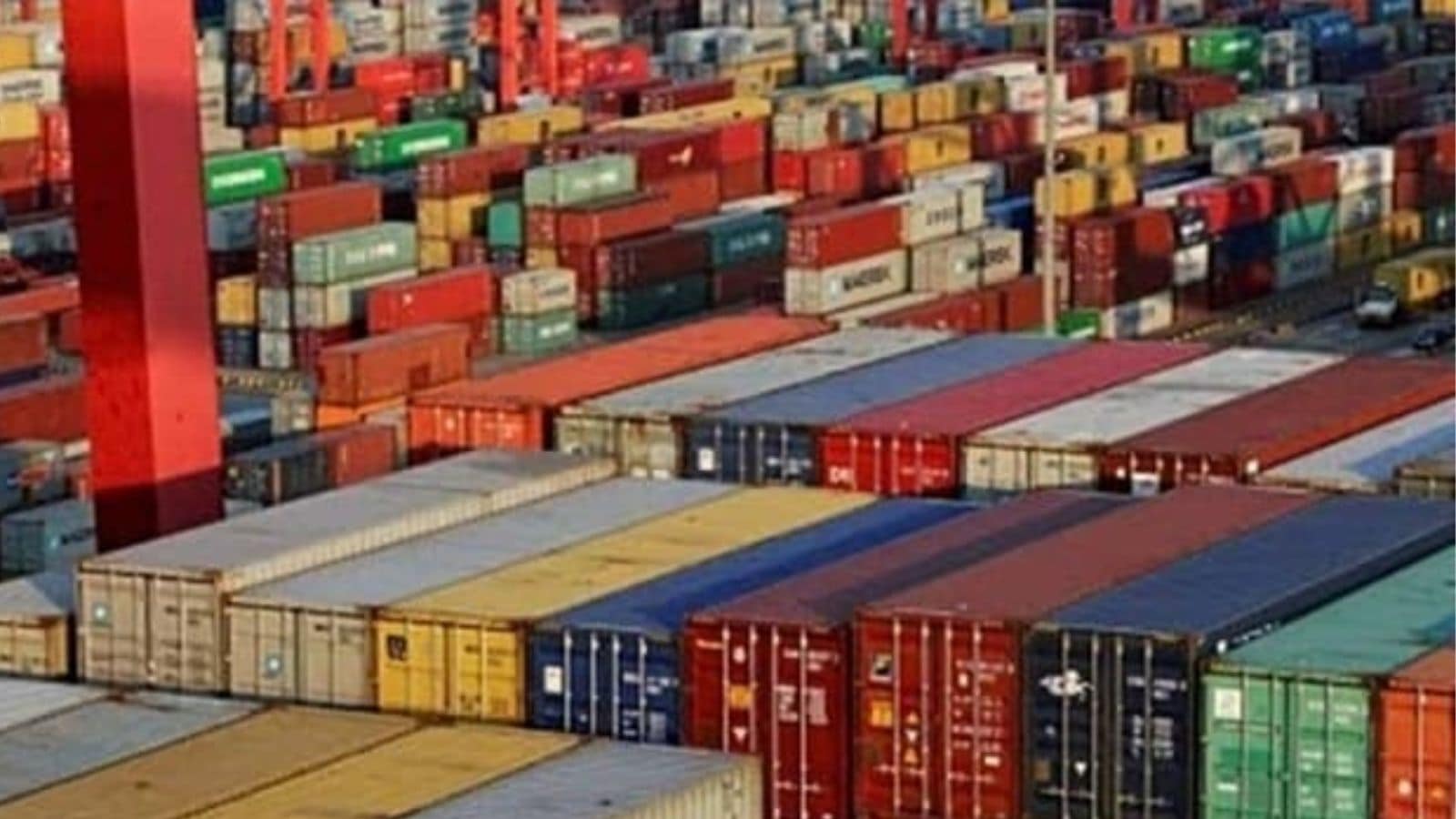Driven by a steep 30 per cent decline in petroleum exports to Europe and an over 60 per cent decline in gold imports, India’s merchandise trade deficit plummeted to a three-year low of $14.05 billion in February, data released by the Ministry of Commerce and Industry on Monday showed.
The sharp decline in petroleum exports, which was the key growth engine of India’s exports following the war, comes a month after sweeping US sanctions targeting Russia’s oil trade were announced on January 10, placing as many as 183 oil tankers under sanctions. Notably, India’s petroleum imports also slipped by 26 per cent, data showed.
While exports fell by 10.8 per cent to $36.9 billion during the month, registering the fourth straight month of contraction, imports plunged by a sharper 16.3 per cent to $50.96 billion, the lowest since April 2023. However, non-petroleum and non-gems and jewellery exports registered a 5 per cent decline.
“It has been a very difficult year, but looking at the progress, overall exports this year will be more than $800 billion,” Commerce Secretary Sunil Barthwal said during a press briefing.
“A portion of the year-on-year decline in merchandise exports can be attributed to the base-year effect related to the leap month. The trade deficit was also significantly lower than the average of over $23 billion during the first 10 months of FY25. Given this print, we now expect the current account to post a surplus of about $5 billion in Q4FY25, equivalent to roughly 0.5 per cent of GDP,” Aditi Nayar, chief economist at ICRA, said.
Data showed that chemicals exports were down 24.5 per cent to $2.2 billion, while gems and jewellery exports contracted by 20.7 per cent to $2.5 billion. Amid continued restrictions on steel imports, imports in the iron and steel category fell by 23 per cent.
Services exports in February were up 23 per cent to $35 billion, while imports rose by 8.6 per cent to $16.5 billion. Services exports in April-February were up 14 per cent year-on-year to $354.9 billion, while imports increased by 13.3 per cent to $183.2 billion.
Story continues below this ad
“The big shift in US trade policy threatens to negatively impact global trade. The move has already resulted in many countries taking a protectionist approach to trade. All indications suggest that the US could further harden its stance on tariffs, which will affect the world adversely. India has been one of the few major countries that has managed to do well on exports despite various back-to-back challenges,” Pankaj Chadha, chairman of the Engineering Exports Promotion Council (EEPC) India, said.
Ashwani Kumar, president of the Federation of Indian Export Organisations (FIEO), said that the dip in exports is primarily due to subdued global demand and ongoing challenges faced by key export sectors, including the impact of the global tariff war.
Kumar said that the reduction in the trade deficit is a promising sign of India’s trade sector beginning to rebalance. While exports have faced challenges, particularly due to the global tariff war, the sharp decline in imports signals a reduction in demand for foreign goods, presenting opportunities for domestic industries to grow, he said.


